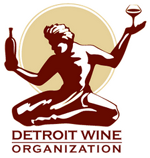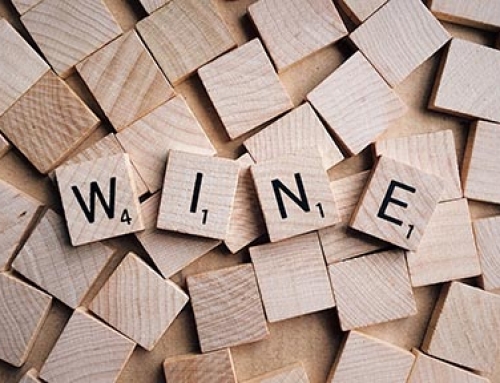Pick up any book about wine and one of the first things the author will tell you is how important France is to the study of wine. The French not only make what are commonly considered some of the finest wines in the world, but also have one of the most complicated and sophisticated quality control and classifications systems – which is great from a quality perspective but can be confusing from a consumption perspective. So, as a primer to future courses on French wine and our Wine Down Wednesday this week, let’s take a quick look at France’s regions and classifications and what they mean. (I won’t even pretend this isn’t confusing, because it is, but once you get the hang of it, I guarantee buying a bottle of French wine will be a bit less intimidating. And remember, the more you taste, the easier it will be… so come to Shiro on Wednesday.)
As we’ve discussed in previous courses, geography is all important in the naming of Old World wines.Terrior is critical in the French wine classification system because it is what separates one region from another and determines which grapes grow best. The French control which grapes are grown where and how wines are made very tightly and their wine system is very hierarchical- wines from certain places have a higher rank than wines from other places. The more specific the place described in the wine name, the finer the wine is generally considered to be in the market. So, if the name of the chateau or specific vineyard where the grapes were grown is indicated on the wine label, it is generally considered of a higher rank than a wine label that only indicates a region like “Bordeaux”. There are four possible classifications of French wine which are printed on the wine labels.
- Appellation Controlee, or AOC (AC) is the highest grade. On the label the place name of the wine usually appears between the two French words, as in “Appellation Bordeaux Controlee”.
- Vins Delimites de Qualite Superiure, or VDQS wines are “demarcated wines of superior quality”. These words appear on the label immediately below the name of the wine.
- Vins de Pays, meaning country wines, is generally followed on the label by the area where the grapes grew. These places are generally much larger than those referred to in the higher rankings.
- Vins de Table are ordinary French table wines that carry no geographic indication other than France.
So, the classification is important and specificity of the location is important, but how do you know what’s in the bottle?
Each of France’s winemaking regions are known for particular types of grapes, so by naming the region you are, essentially, naming the grape. Sounds easy enough… but you didn’t think it was going to be, did you? Not quite. There can be districts within the regions and villages within the districts and so on and so on and so on, so the region is only the first step in knowing what you’re drinking. But, as Julie Andrews would say, let’s start at the very beginning, that’s a very good place to start… As a general rule, each region is known for the wine style and grapes detailed below:
- Champagne: Sparkling Wine; Pinot Noir & Chardonnay
- Loire Vally: Mostly White; Sauvignon Blanc & Chenin Blanc
- Alsace: Mostly White; Riesling & Gewurztraminer
- Burgundy: Red & White; Pinot Noir & Chardonnay
- Bordeaux: Red & White; Sauvignon Blanc, Semillon, Merlot, Cabernet Sauvignon & Cabernet Franc
- Cotes du Rhone: Most Red; Syrah & Grenache
- Languedoc-Rousillon: Red & White; Merlot, Cabernet Sauvignon, Sauvignon Blanc & Chardonnay
Now, the label you’re looking at may not have any of those words on it at all. So, the question remains – what the heck is in the bottle and am I going to like it? More geography. You need to get familiar with zones and districts and towns within the various regions in order to really know what’s in the bottle without asking an expert. For example – some districts and towns in Bordeaux are Pauillac (mostly Cabernet), St. Emilion (mostly Merlot), Graves (equal mix of Cabernet and Merlot). And then, just to add another layer of complexity, there are the chateaus within the towns and the vineyards at the chateaus that are classified (remember the importance of specificity in the location). We’ll explore some of this more in future courses, but, honestly, the only way to truly know what those chateaus make is to memorize their names and where they are located in the country and taste test to find what you enjoy. That sounds like it might not be worth the effort, but consider that you probably already know the names and locations of your favorite California wineries – so this is something you already do unconsciously and doing it with French wines really isn’t much different. It just takes a bit more study because of the language barrier… but homework has never been so much fun.And more on the French at a later date… see you Wednesday for study session :>).
Tidbits to Amaze and Delight your Friends and Family
If you understand the intricacies of a French wine label, you can amaze and delight a lot of people, so Cheers!


Leave A Comment